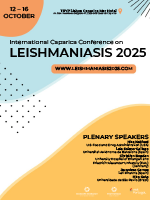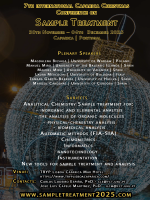Proteomic analysis of low quantities of cellular material in the range obtainable from scarce patient samples
DOI: 10.5584/jiomics.v5i1.172
Abstract
The application of proteomics to patient material is increasingly widespread, however, a major shortcoming still are the number of cells or protein material that can be obtained. This study explores the lower limit of cell numbers that can be successfully analysed by liquid chromatography mass spectrometry to determine the protein expression profile that is specific to, and indicative of, the investigated cell type. The aim was to analyse an equivalent quantity of cellular material that can be obtained from, e.g., a fine-needle aspiration biopsy (FNAB). Fifteen thousand and 30,000 cells from adherent (HEK293) and suspension (U937) cell lines were lysed under two different conditions: a ‘native’ and a denaturing buffer. To extend the study to clinical material, human whole PBMCs were also lysed under identical conditions. Proteins from 5,000 and 10,000 cells were analysed by both 1D and 2D-LC-MSMS on an LTQ Orbitrap XL mass spectrometer. In total, 3,219; 1,693 and 659 unique proteins were identified from HEK293, U937 and total PBMCs, respectively. Additionally, an iTRAQ 4-plex experiment was performed to determine the relative quantity of the proteins in the three cell types. In this study, we show that it is feasible to obtain a deep, yet cell-specific protein profile from a very low number of cultured and primary cells. This advancement will enable proteomic-profiling of cellular material from fine needle aspiration biopsies that ultimately can assist cytopathologists in the diagnosis of disease.









